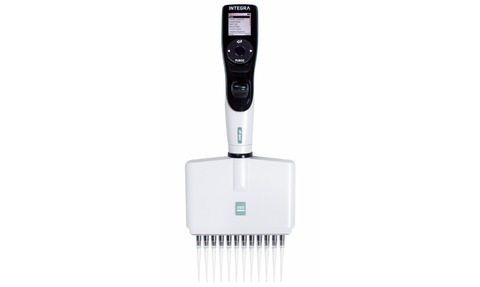
INTEGRA Biosciences has released comprehensive guidance on how to best care for pipettes to ensure continuous and prolonged accuracy.
Precise and dependable pipetting results rely on both operator technique and equipment operating at full capacity. Careful day-to-day handling is a good starting point to ensure ongoing performance. A pipette stand should be used when a pipette is not in use to prevent it being knocked off a worktop, protect interior components and prevent liquid from entering the pipette body. It is essential to remove tips before storage to prevent liquid residues evaporating into the body. The instrument should ideally be set it to the maximum volume to ease tension on the spring.
Regular cleaning is recommended, which includes wiping the external surface with a lint-free cloth lightly soaked with 70% ethanol – depending on its chemical compatibility – and interior cleaning. Most manufacturers recommend that multichannel pipettes are disassembled and cleaned by trained personnel but, for single channel pipettes, INTEGRA provides a step-by-step guide on how to do this effectively in house. Decontamination is imperative should pipettes get contaminated through over-aspiration, if placed on a bench with liquid inside the tip or if unfiltered tips are used with RNA/DNA solutions.
Even when these procedures are strictly adhered to, it is recommended that pipettes are calibrated every six to 12 months – depending on lab throughput – by either the manufacturer, or a specialised calibration company. Calibration ensures pipettes deliver ongoing precision, and timely detection of potential problems, allowing issues to be fixed before more costly repairs or replacement becomes inevitable. By following these simple guidelines, INTEGRA guarantees enduring performance from pipettes, so they provide reliable results for years to come.
Visit the INTEGRA Biosciences website to learn more.




